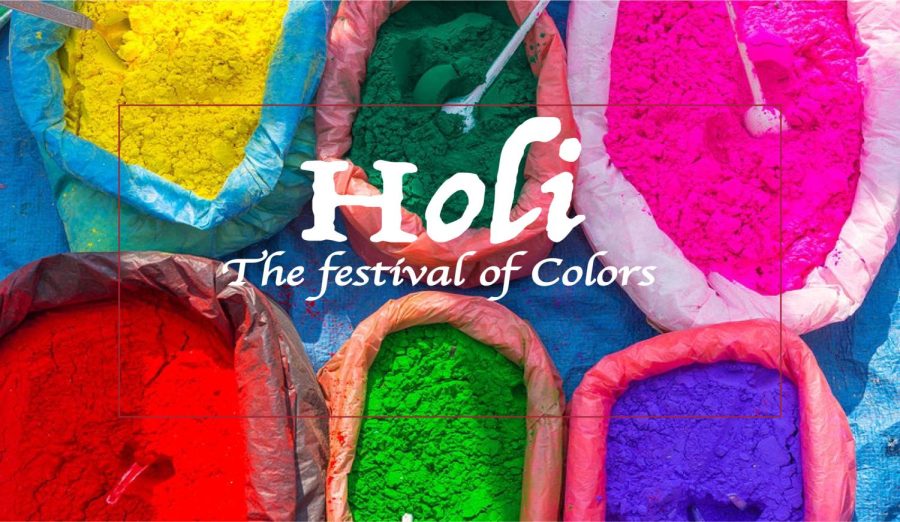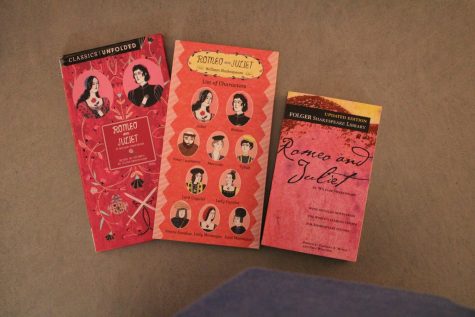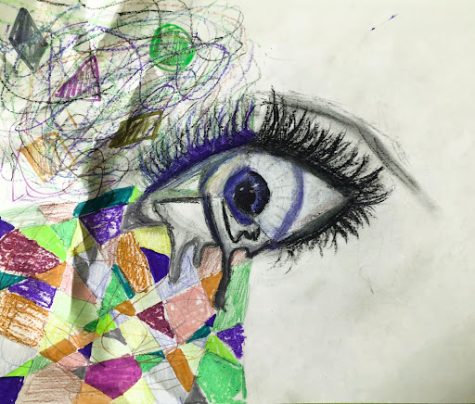Holi
the festival of color
An image of the different Dyes used in the Holi festival
May 19, 2022
Most of us have seen the pictures of crowds of people throwing colorful powdered dyes into the air and jumping in celebration. But have you ever wondered what these people are celebrating or what the colors mean?
Holi is the most widespread and most celebrated festival in India, it is a time to put aside differences and come together to celebrate spring, friends, and family, and the victory of good over evil. Holi is based on the Hindu myth of Lord Vishnu defeating the evil king Hiranyakashipu, who claimed to be immortal and demanded his people worship him like a god.
The dyes used in Holi are called Gulal, which were originally made from a variety of plants and other natural sources. But in the modern-day, it’s mostly cornstarch mixed with food-grade synthetic dyes. Every color has its meaning, red symbolizes love and fertility, green represents new beginnings, blue represents the Hindu God Krishna, and Yellow represents Turmeric, a powder native to India and is often used as a medical remedy in traditional medicine.
Holi is celebrated in the Hindu month of Phalgun, which is around February to May in the western calendar. In the days before the festival families collect firewood in preparation for the Hollis Dan, a ritual in which a pyre is lit on the eve of Holi, and people dance and sing around the fire.
Holi is more than just a day of pretty colors, it is a day that is supposed to remind us that in the end good will triumph over evil and that we as people are capable of setting our differences aside.








